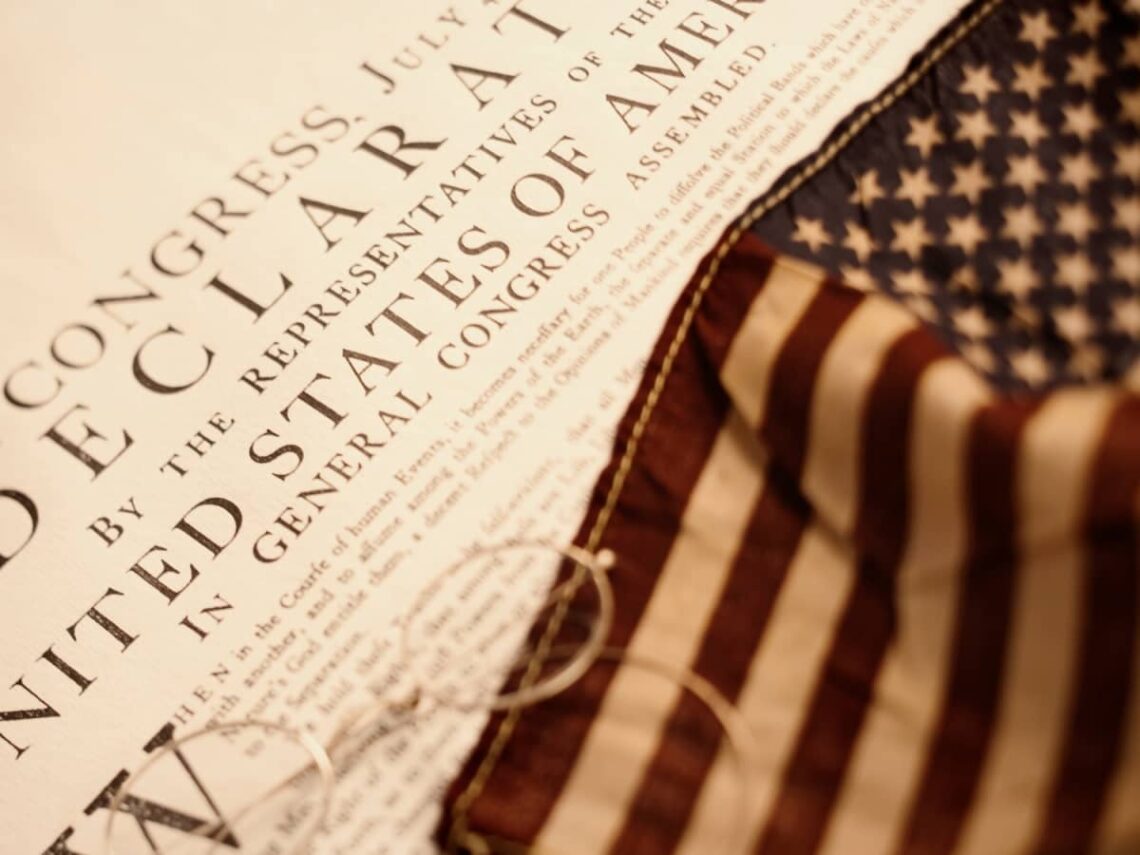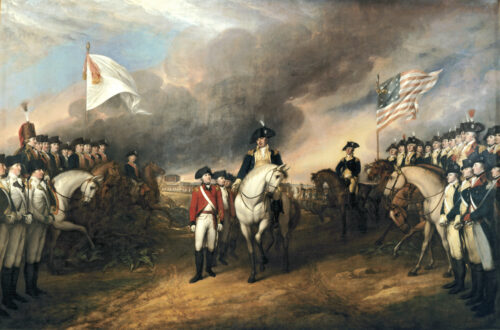1. Introduction
The Declaration of Independence (1776) and the U.S. Constitution (1787) are seminal documents that have shaped the political landscape of the United States. While the Declaration announced the colonies’ separation from British rule, the Constitution established the framework for the new nation’s government. Together, they embody the principles of liberty, equality, and self-governance.
2. Historical Context
2.1 The Declaration of Independence
Drafted primarily by Thomas Jefferson, the Declaration of Independence articulated the colonies’ grievances against King George III and asserted their right to self-determination. It proclaimed that “all men are created equal” and endowed with “unalienable Rights,” laying the philosophical groundwork for American democracy.
2.2 The U.S. Constitution
Following independence, the Articles of Confederation proved inadequate in unifying the fledgling nation. The Constitutional Convention of 1787 resulted in the U.S. Constitution, which established a federal system with checks and balances among the legislative, executive, and judicial branches.
3. Philosophical Underpinnings
3.1 Enlightenment Influence
Both documents were heavily influenced by Enlightenment thinkers, particularly John Locke. Locke’s theories on natural rights and the social contract are evident in the Declaration’s emphasis on life, liberty, and the pursuit of happiness, as well as in the Constitution’s framework for a government deriving its powers from the consent of the governed.
3.2 Republicanism
The founders embraced republicanism, advocating for a government that represents the will of the people. This is reflected in the Constitution’s provisions for elected representatives and the separation of powers to prevent tyranny.
4. Interrelationship Between the Documents
While the Declaration of Independence and the Constitution serve different purposes, they are intrinsically linked. The Declaration outlines the ideals and justifications for independence, whereas the Constitution provides the structural means to achieve and protect those ideals. Together, they form the ideological and operational foundation of the United States.
5. Enduring Impact
5.1 Civil Rights Movements
The principles enshrined in the Declaration have inspired various civil rights movements. Activists have invoked its assertion of equality to challenge systemic injustices and advocate for expanded rights.
5.2 Global Influence
The U.S. Constitution has served as a model for numerous other nations seeking to establish democratic governance. Its emphasis on individual rights and the rule of law has had a profound global impact.
6. Conclusion
The Declaration of Independence and the U.S. Constitution are more than historical artifacts; they are living documents that continue to influence American society and governance. Their enduring relevance underscores the importance of understanding their origins, principles, and the dynamic interplay between them.
References
- National Archives. (n.d.). America’s Founding Documents. Retrieved from https://www.archives.gov/founding-docs
- American Battlefield Trust. (n.d.). From Declaration to Constitution. Retrieved from https://www.battlefields.org/learn/articles/declaration-constitution
- Bill of Rights Institute. (n.d.). Declaration of Independence and US Constitution. Retrieved from https://billofrightsinstitute.org/essays/background-essay-an-apple-of-gold-in-a-picture-of-silver-the-declaration-of-independence-and-the-u-s-constitution
- Loyola University Chicago Law eCommons. (n.d.). The Declaration of Independence as Introduction to the Constitution. Retrieved from https://lawecommons.luc.edu/cgi/viewcontent.cgi?article=1589&context=facpubs
- Northwestern Law Journal des Refusés. (n.d.). Why the Declaration of Independence is America’s True Constitution. Retrieved from https://scholarlycommons.law.northwestern.edu/cgi/viewcontent.cgi?article=1007&context=nljr
Tags: American democracy constitutional foundations Declaration of Independence historical analysis. U.S. Constitution





